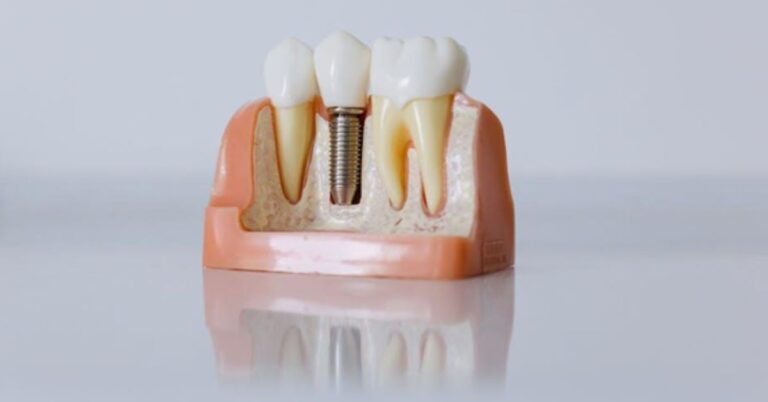Liver transplant Surgery
Liver functions
The liver is one of the most complex organs in the human body, performing a large number of functions fundamental to life. These include :
- production of coagulation factors ;
- regulation of blood cholesterol levels;
- production of essential proteins and hormones;
- elimination of toxins and infectious agents;
- supplying the body with energy when it is in deficit;
- help digest fats through the secretion of bile.
When a transplant is needed: liver failure
For a variety of reasons, the liver can become damaged and no longer perform its functions. This condition is called severe liver failure and can have various origins:
cirrhosis (or cirrhosis of the liver), which is the process whereby liver cells (hepatocytes) die and are replaced by scar tissue or fibrous tissue. Cirrhosis caused by hepatitis C is the most common indication for liver transplantation.
Other conditions that may require liver transplantation include :
primary or primary liver cancer, when it is confined to the liver itself and cannot be treated by other methods ;
cirrhosis caused by alcohol abuse ;
diseases of the bile ducts, which can cause liver failure when bile refluxes into the liver, leading to cirrhosis;
certain hereditary diseases , such as Wilson’s disease, where dangerous levels of copper accumulate in the body, and hemochromatosis, where the liver is overwhelmed by iron, again leading to severe liver damage.
Less common causes of cirrhosis include:
- Cystic fibrosis;
- Liver cancer ;
- Hemochromatosis;
- Biliary atresia ;
- Wilson’s disease ;
- Sclerosing cholangitis;
- Acute and chronic liver failure.
Depending on how quickly the symptoms of liver failure appear, a distinction is made between :
Acute liver failure. It appears suddenly and progresses in a very short time, with dramatic effects. It is a rare occurrence, usually due to intoxication with paracetamol (a common analgesic) or other substances.
Chronic liver failure. This is a slow-onset condition that can take months or even years to severely damage the liver. Of the two, this is the more frequent form of liver failure.
The importance of liver transplantation
Unlike the heart, kidneys and lungs, there are currently no artificial organs or mechanical devices (such as kidney dialysis) capable of replacing liver function.
The only possible solution, when liver damage is deep and irreparable, is a human organ transplant. This explains a number of aspects: not only the difficulty of recovering an organ compatible with the patient, but also the enormous demand, the waiting times and the steps involved in re-entering the waiting lists.
Contraindications, risks and complications
Liver transplantation is a very delicate operation, and not without complications:
Graft rejection. As with all organ transplants, there is a risk of rejection, i.e. an immune response to the new organ because it is recognized as foreign (“non-self”). To avoid this condition, which leads to the destruction of the transplanted organ, it is necessary to take immunosuppressive drugs. These block the immune system so that the transplanted organ is not attacked. Rejection, if it occurs, occurs after 7 to 14 days and concerns around 25% of cases (there is great variability in the literature between case series), but in the majority of cases it resolves with increased immunosuppressive treatment without permanent damage to the transplanted organ.
Transplant failure. This refers to functional failure of the organ, manifesting sub-optimal functional recovery after implantation for reasons generally linked to organ damage during donor observation (hypotension, trauma, unreported lifestyle habits): this situation occurs in 1- 5% of cases .
Viral and fungal infections. They are particularly common in liver transplant recipients and beyond. The cause is linked to the use of immunosuppressive drugs, and strictly depends on the patient’s clinical condition at the time of transplantation (high MELD – Model for End stage Liver Disease -, sarcopenia (reduced muscle mass), frailty and clinical decay with frequent and continuous hospitalizations). Serious infections are the main cause of mortality in the first postoperative month.* Thrombosis of vessels reconstructed during transplantation. This is a cause of organ failure.
Diabetes. Although the link remains experimental, hepatitis C patients who have received a liver transplant and are taking post-transplant medication may be at high risk of developing type 2 diabetes .
Bile duct problems. Bile leakage in the area where the donor’s bile ducts meet those of the transplant recipient causes abdominal pain and fever. When the anastomosis (area where the bile ducts join) is too narrow and bile does not flow out of the liver, inflammation of the internal bile ducts (cholangitis) can occur. Symptoms may include chills and fever. To avoid chronic liver damage, treatment with antibiotics is necessary.
Kidney failure. This is the drastic reduction of kidney capacity. It occurs in one in five liver transplant recipients and is probably triggered by immunosuppressive drugs.
Tumours of various types. Liver transplant recipients are more prone to skin cancer (twenty times more than non-transplant recipients), cervical cancer (in women) and lymphoid cell cancer (lymphoma).
How liver transplantation works: the call to the transplant center and the procedure
As soon as an organ becomes available, the transplant center informs the patient, who answers the call. The patient must prepare for the operation by following the instructions provided, as a general anaesthetic is required.
Procedure
Liver transplantation in Turkey is a highly delicate surgical operation performed under general anaesthetic.
The liver generally comes from a deceased donor, due to death defined by cerebral or cardiac criteria, although it cannot be ruled out that it may come from a living person.
This second possibility – which very often involves members of the same family, with a strong advantage in terms of immunological compatibility – is made possible by the extraordinary capacity of the liver to self-regenerate after partial removal.
Turquie Santé offers you access to the best clinics and hospitals in Turkey to perform a liver transplant, all at competitive rates.
Split liver
Split liver, translated into Italian as “divided liver”, is a normal liver transplant from a deceased donor, where however the liver to be implanted is divided in two: the larger part is destined for an adult recipient, while the smaller part is allocated to a pediatric or small recipient.






